The Beginner’s Guide to Photographing Birds
Essential Techniques for Hobbyists and Bird Lovers
Rosl Rössner
Birds, Ebook, Photography, Print, Print and digital bundle, Specialized TopicsRead More
Everything you need to know to get started in bird photography!
Whether you’re a dedicated and serious birder, a hobbyist bird watcher, or simply a lover of nature, getting great photos of birds is at the top of the list for bird lovers of all kinds. In this book, professional photographer Rosl Rössner teaches you all of her techniques, tips, and tricks for capturing fantastic bird photographs.
Starting with the gear you’ll need, Rössner discusses cameras, tripods, lenses, and more. She then moves on to finding the birds you want to photograph. While this includes locations out in the wild, she also covers zoos, parks, sanctuaries, and other easily accessible spots—which are especially great for beginning bird photographers. Rössner then thoroughly covers the camera and shooting techniques you need to know, including key lessons on exposure, composition, focus, and sharpness. Regardless of the quality of the light (front light, side light, etc.) or the season you’re shooting in (rain, snow, fog), Rössner’s got you covered.
In the final part of the book, Rössner takes you behind the scenes of 25 unique bird photographs, telling you how the image came about, plus any specific tips and tricks that were used to create the image. Featuring birds from around the world, The Beginner’s Guide to Photographing Birds is a beautiful, helpful, and accessible guide for anyone getting started in bird photography.
Table of Contents
1: What Makes a Great Bird Photograph?
2: The Necessary Gear
3: Finding Birds to Photograph
4: Shooting Techniques and Composition Tips
5: The Making of 25 Photographs
Read Less
- Print and eBook Bundle: $44.99
- Print Book: $35
- eBook: $27.99
| BOOK AUTHOR | Rosl Rössner |
|---|---|
| PAGE COUNT | 240 pages |
| TRIM SIZE | 7.25 x 9.75in |
| COVER | Soft Cover- without flaps |
| ISBN | 9781681989358 |
| PUBLISH DATE | 11/2022 |
- 1: What Makes a Great Bird Photograph?
- 2: The Necessary Gear
- 3: Finding Birds to Photograph
- 4: Shooting Techniques and Composition Tips
- 5: The Making of 25 Photographs
3 reviews for The Beginner’s Guide to Photographing Birds
You must be logged in to post a review.
Related products
-
Mastering the Olympus OM-D E-M1 Mark II
Camera Brands, Darrell Young, Ebook, Olympus, Photography, Print, Print and digital bundle This product has multiple variants. The options may be chosen on the product page $35.99Mastering the Olympus OM-D E-M1 Mark II
Camera Brands, Darrell Young, Ebook, Olympus, Photography, Print, Print and digital bundle This product has multiple variants. The options may be chosen on the product page $35.99 -
The Fujifilm X-T20
Camera Brands, Ebook, Fujifilm, Photography This product has multiple variants. The options may be chosen on the product page $19.99 – $34.99Price range: $19.99 through $34.99The Fujifilm X-T20
Camera Brands, Ebook, Fujifilm, Photography This product has multiple variants. The options may be chosen on the product page $19.99 – $34.99Price range: $19.99 through $34.99 -
Out of stock
The Enthusiast’s Guide to Travel Photography
Ebook, Enthusiast's Guides, Photography, Print, Print and digital bundle, Specialized Topics, Travel This product has multiple variants. The options may be chosen on the product page $19.99 – $34.99Price range: $19.99 through $34.99The Enthusiast’s Guide to Travel Photography
Ebook, Enthusiast's Guides, Photography, Print, Print and digital bundle, Specialized Topics, Travel This product has multiple variants. The options may be chosen on the product page $19.99 – $34.99Price range: $19.99 through $34.99 -
The Enthusiast’s Guide to DIY Photography
Ebook, Enthusiast's Guides, Photography, Print, Print and digital bundle, Specialized Topics This product has multiple variants. The options may be chosen on the product page $19.99 – $34.99Price range: $19.99 through $34.99The Enthusiast’s Guide to DIY Photography
Ebook, Enthusiast's Guides, Photography, Print, Print and digital bundle, Specialized Topics This product has multiple variants. The options may be chosen on the product page $19.99 – $34.99Price range: $19.99 through $34.99
Related products
-
Wedding Storyteller, Volume 1
Composition, Ebook, Lighting, Photography, Popular Techniques, Portrait, Posing, Print, Print and digital bundle, Specialized Topics, Wedding This product has multiple variants. The options may be chosen on the product page $39.99 – $59.99Price range: $39.99 through $59.99Wedding Storyteller, Volume 1
Composition, Ebook, Lighting, Photography, Popular Techniques, Portrait, Posing, Print, Print and digital bundle, Specialized Topics, Wedding This product has multiple variants. The options may be chosen on the product page $39.99 – $59.99Price range: $39.99 through $59.99 -
Out of stock
The Dramatic Portrait
Ebook, Lighting, Photography, Popular Techniques, Portrait, Print, Print and digital bundle This product has multiple variants. The options may be chosen on the product page $40.99 – $54.99Price range: $40.99 through $54.99The Dramatic Portrait
Ebook, Lighting, Photography, Popular Techniques, Portrait, Print, Print and digital bundle This product has multiple variants. The options may be chosen on the product page $40.99 – $54.99Price range: $40.99 through $54.99 -
Out of stock
The Enthusiast’s Guide to Travel Photography
Ebook, Enthusiast's Guides, Photography, Print, Print and digital bundle, Specialized Topics, Travel This product has multiple variants. The options may be chosen on the product page $19.99 – $34.99Price range: $19.99 through $34.99The Enthusiast’s Guide to Travel Photography
Ebook, Enthusiast's Guides, Photography, Print, Print and digital bundle, Specialized Topics, Travel This product has multiple variants. The options may be chosen on the product page $19.99 – $34.99Price range: $19.99 through $34.99 -
Capture One Pro 10
Capture One Pro, Ebook, Image Editing, Photography, Print, Print and digital bundle This product has multiple variants. The options may be chosen on the product page $31.99Capture One Pro 10
Capture One Pro, Ebook, Image Editing, Photography, Print, Print and digital bundle This product has multiple variants. The options may be chosen on the product page $31.99

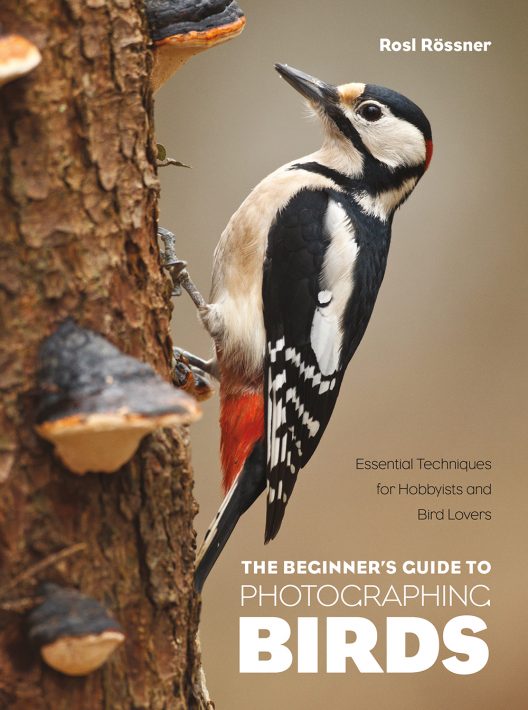

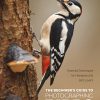
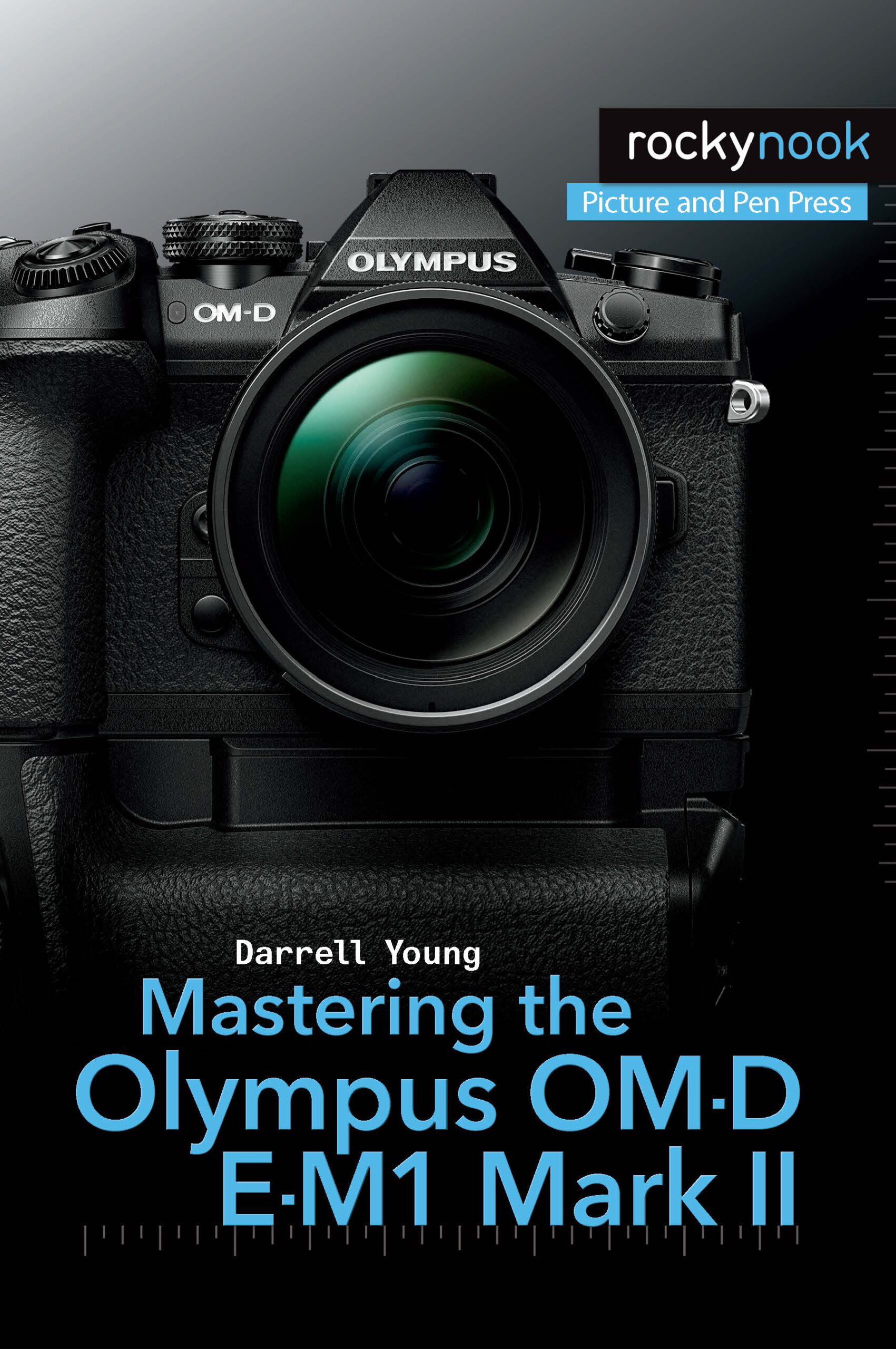
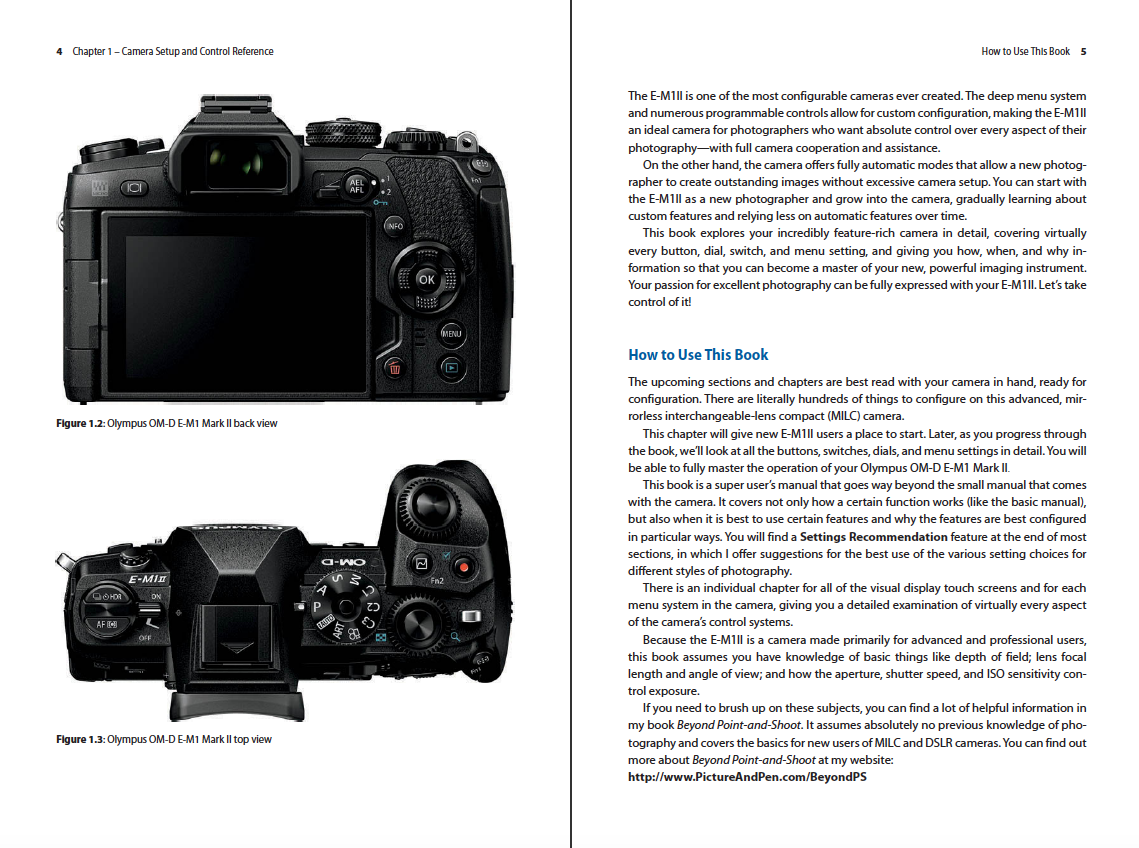

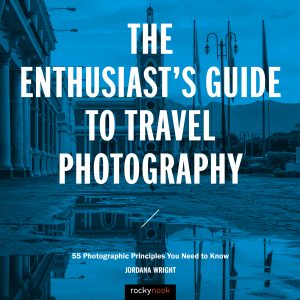

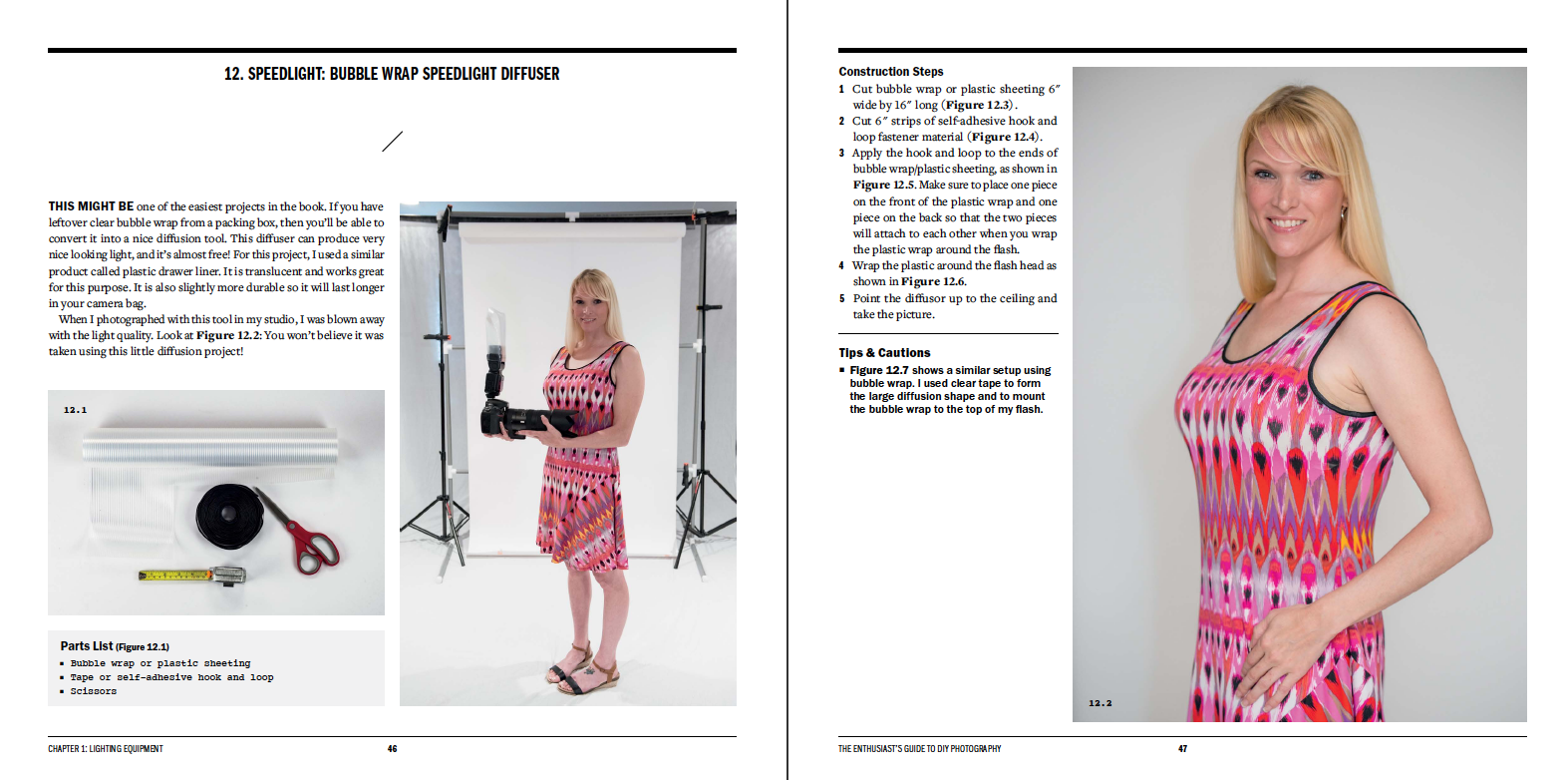

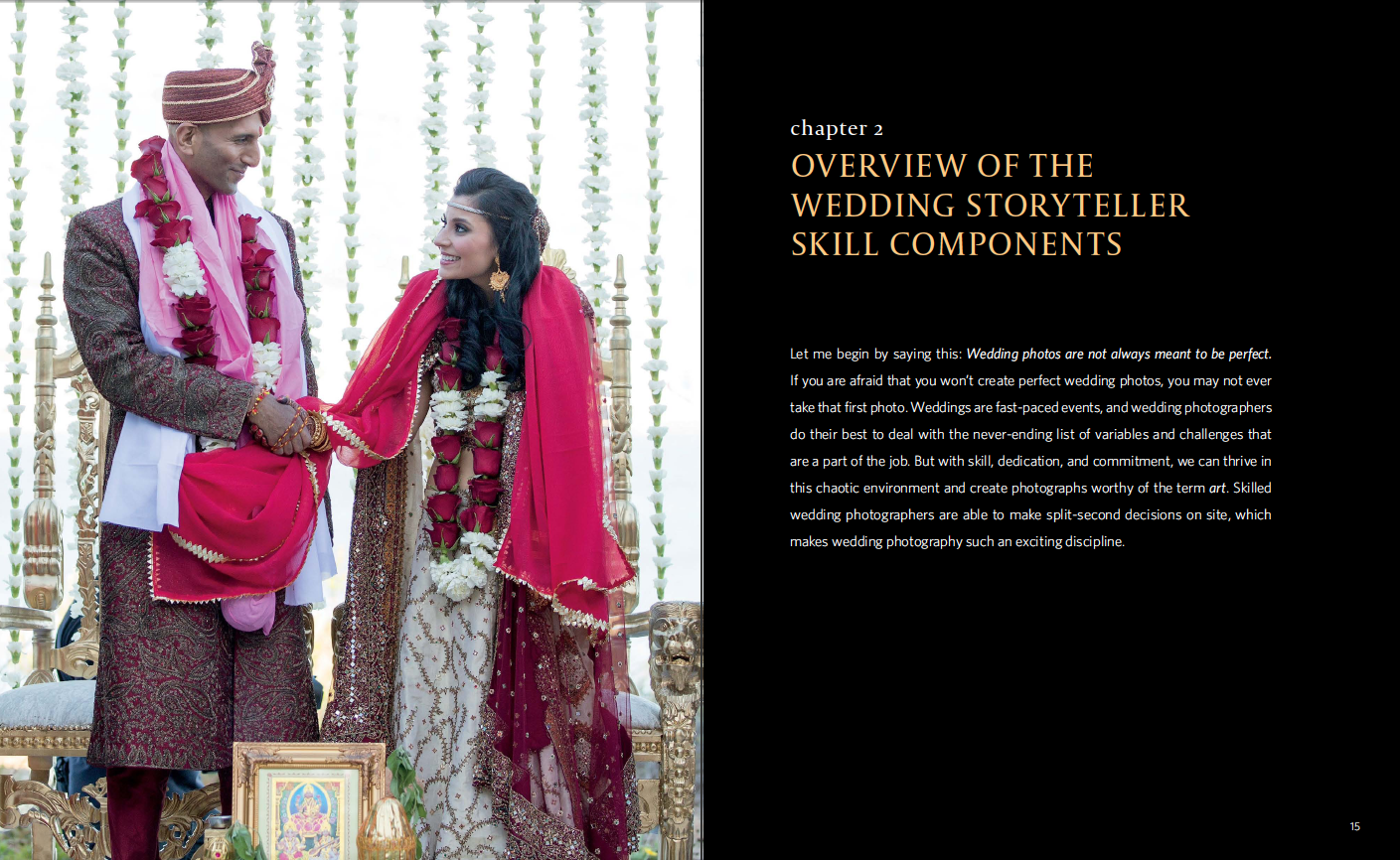
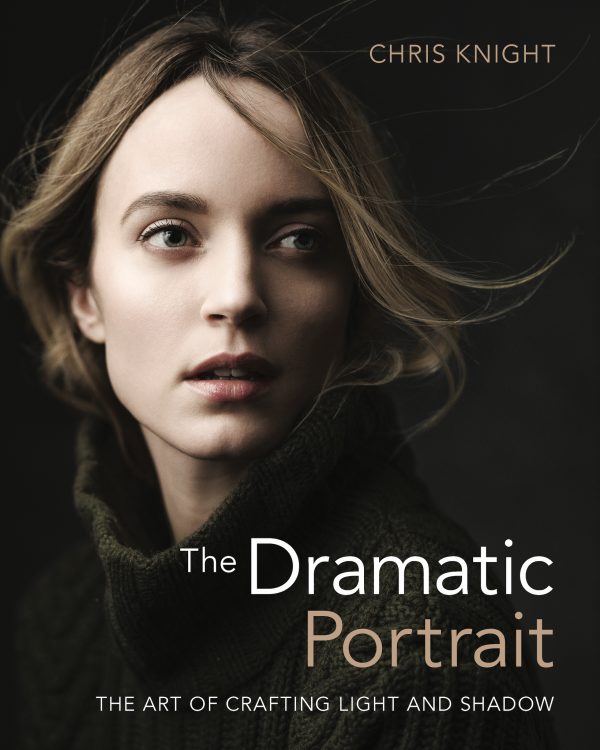
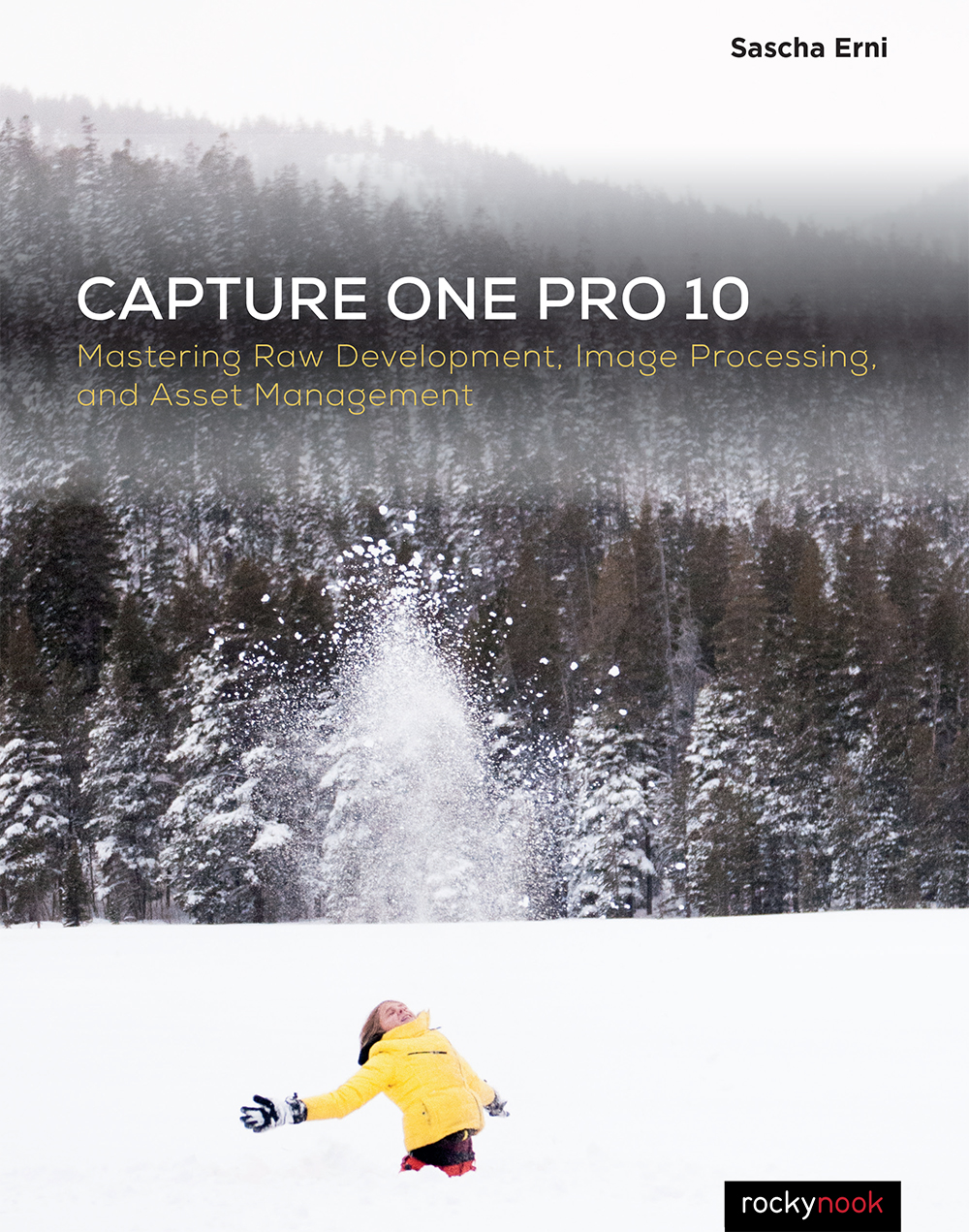
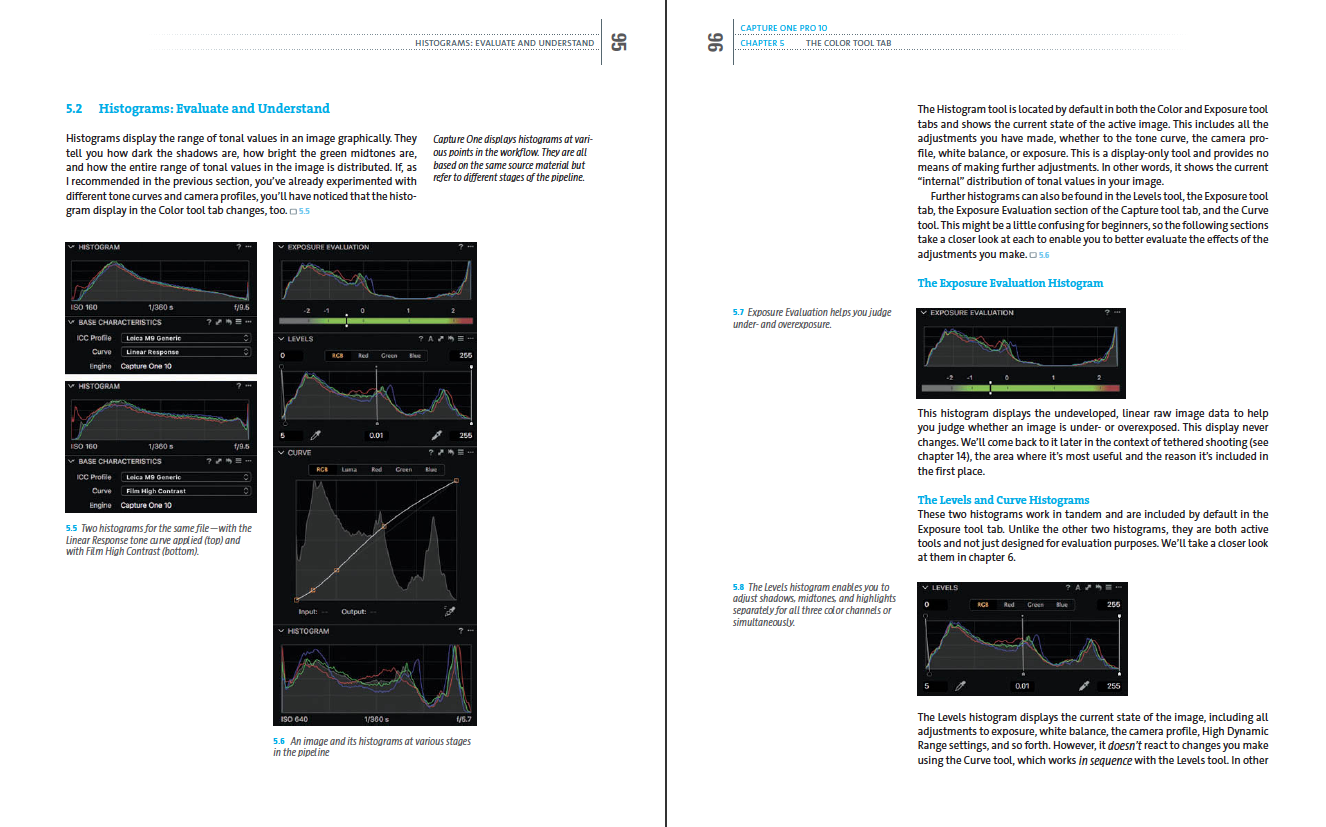
Gloria
This book is NOT just for beginners!
I don’t know about you, but I love the idea that the author of this book is not only an expert bird photographer but also a falconer who lives in Germany! Could we get much more exotic? On top of that, the introduction to the book by the author is well written and welcoming. Off to a good start! Cutting to the chase, this is probably the most helpful bird photography book I’ve read.
Spoiler alert: uncharacteristically, I looked at the end of the book 1st and noticed that the author gives us 25 photographs she considers successful and talks about each one. That is wonderful! For me, there’s no better way to learn than by looking at someone’s photograph and having her walk me through it.Now I’m back at the beginning and the first photographs Rossner uses to demonstrate her points are unusually good photographs of our avian friends, making me happy I have this book. One of the first “rules“ the author sets forth is that “a good picture must do what it intends to do.“ I really enjoy it said that way because it reminds me to have an intention when I take a photograph! I’m not always so conscious of why I’m taking a pic and I need to work on that. Second, it’s a great rule to have in mind when culling through hundreds of photographs. Simply put, and very useful.
Her section on autofocus couldn’t be more helpful. It’s probably the most important thing for bird photography and the author does a good job. Most rewarding is her section on achieving focus on images of birds in flight. I especially enjoyed her short piece on how to evoke emotions with your bird images. She humorously advises us to break every rule of composition if it will achieve emotional connection. I heartily agree. Rossner includes a section on photographing both under rainy conditions and snowy. Some of the things she discusses in the section I have not seen elsewhere; for example, she suggests slowing the shutter speed to blur the snowflakes or raindrops.
I appreciate the author advising us that we can indeed use wide angle lenses in bird photography: great for including the birds environmental context, and also good for showing several birds in flight. In a way I have not seen done before, Rossner talks about the challenges and advantages of shooting two birds in one frame, three birds in one frame, and, finally, flocks of birds. I love it! She goes into detail I have not heard before, such as: if the birds are interacting it’s probably important to increase the aperture for more depth of field, but if they are not interacting it’s probably fine to have one bird or more not in focus.
Rossner strongly suggests that we constantly consider exposure compensation when shooting birds against anything other than a blue sky. She handles her exposure manually, which I do as well. and she includes several paragraphs on the two strategies for photographing birds when they are landing. I found this information extremely helpful and again, I don’t recall seeing it covered elsewhere.
Toward the end of this excellent guide, the author discusses catching good images of predators and prey, including bigger birds feeding on carrion. Again, I haven’t seen this particular issue covered specifically in my reading up to this point. She of course extols the virtues of patience in such situations so that you can catch a photo of some thing actually happening :-). She also advises us to increase the aperture so that the depth of field will catch both the prey in the predator. Those are just a few of the tips on this section.
This book covers topics and situations I have not seen covered before and, does a great job of it. I know that this guide will bear several re-readings for me. Great work!
jefforns
First, let me state that I have been photographing birds my entire life and yet I found this book informative, well written and filled with hints and tricks that I have never thought of using.
Most photographers when attempting to photograph birds do so in ‘static portrait’ mode. The author shows how to really improve composition and in-flight imagery. But her major advice is to have patience.
The book starts with good technical advice, camera settings, light, etc., all important. But the strength of the book is her discussion and story behind some of her really amazing images. I highly recommend this book to anyone even slightly interested in photographing birds.
ghostrider1243 (verified owner)
For the longest time I’ve been looking for a book on the subject of photographing birds both static and inflight. While not new to photography have enjoyed this eBook immensely. So far I’ve been piecing together bits of information on bird photography and this eBook on BEGINNER’S GUIDE TO PHOTOGRAPHING BIRDS puts it in an easy to digest format. The very details on bird photography I’ve been looking for. Including equipment recommendations well worth the book itself. Really happy to have made this purchase!